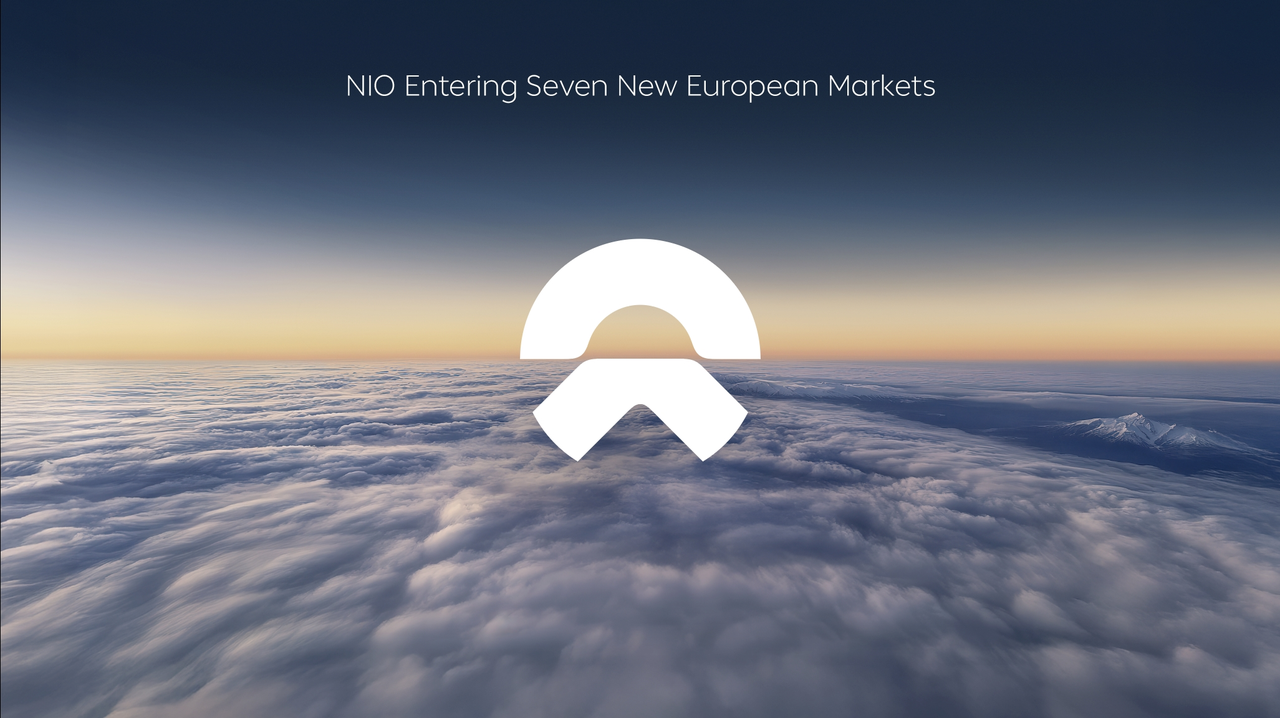Last year I wrote an article praising this small electric car from Leapmotor. It’s small, extremely cheap with decent range and full with safety features that are rare in this segment.
Back then, the 2020 Leapmotor T03 was only available with a NCM 811 battery made by CATL, but now the 2021 Leapmotor T03 has an entry level version with a LFP (LiFePO4) battery from Guoxuan and gets a price cut.
With a NEDC range of 403 km (250 miles) – that translates to a WLTP range around 300 km (186 miles) – this electric car has more range than most others in the A-segment. I would love to see it being sold worldwide, especially in Europe where most of driving is done in overcrowded cities with narrow roads.
Let’s see it in more detail.
Prices after subsidies
- Standard Edition (LFP battery): 59.800 yuan (7.678 euros)
- Comfort Edition (NCM battery): 71.800 yuan (9.219 euros)
- Deluxe Edition (NCM battery): 75.800 yuan (9.732 euros)
Last year the entry level version started at 65.800 yuan (8.448 euros).
Basic specs
- Seats: 4
- Length: 3.620 mm
- Wheelbase: 2.400 mm
- Width: 1.652 mm
- Height: 1.577 mm
- Luggage capacity: 210 L
- Vehicle warranty: 3 years or 120.000 kilometres

Powertrain
- Electric motor: 55 kW with a maximum torque of 155 N.m
- Maximum speed: 100 km/h (limited via firmware)
- Range (NEDC): 403 km (250 miles)
- Battery capacity: 41 kWh (LFP) and 38 kWh (NCM)
- Battery energy density: 135,6 Wh/kg (LFP) and 161 Wh/kg (NCM)
- Battery warranty: 8 years or 150.000 kilometres
- TMS: Intelligent liquid heat management system (heating + cooling)
- DC fast charging: 30-80 % in 36 minutes
- On-board charging: 30-80 % in 6 hour
- System efficiency: up to 92,3 %
For the 2021 model year, the entry level version gets a 41 kWh LFP battery from Guoxuan with an energy density of 135,6 Wh/kg, while the two more expensive versions get a 38 kWh NCM battery with an energy density of 161 Wh/kg. Curiously, the 2020 Leapmotor T03 had a NCM 811 battery from CATL with a capacity of 36,5 kWh and an energy density of 171 kWh/kg, for all its three versions.
The drop in energy density makes me think that the NCM battery is no longer NCM 811, but it’s now NCM 523 instead. Many Chinese automakers have been replacing their NCM 811 batteries with the NCM 523 chemistry, since it’s considered a much safer and reliable chemistry.
Anyway, the gravimetric energy density of 135,6 Wh/kg for the cobalt-free battery from Guoxuan is a bit disappointing. It suggests that the old LFP cylindrical battery cells were used to assemble the battery pack, instead of the new much more energy dense pouch cells that Guoxuan has been advertising.
Nowadays, almost every electric car made in China has an entry level version available with a cobalt-free battery. LFP is the cobalt-free chemistry that can already make electric vehicles compete with ICE (Internal Combustion Engine) vehicles in price and availability.
With a starting price below 8.000 euros in China the 2021 Leapmotor T03 is extremely tempting. Even if it arrives in Europe for twice the price it will still make the basic Dacia Spring look overpriced…
Am I the only one tired of the SUV trend and eager to see more good electric cars in the A-segment?
More info:
https://www.leapmotor.com/parameter/T03parameter.html








































